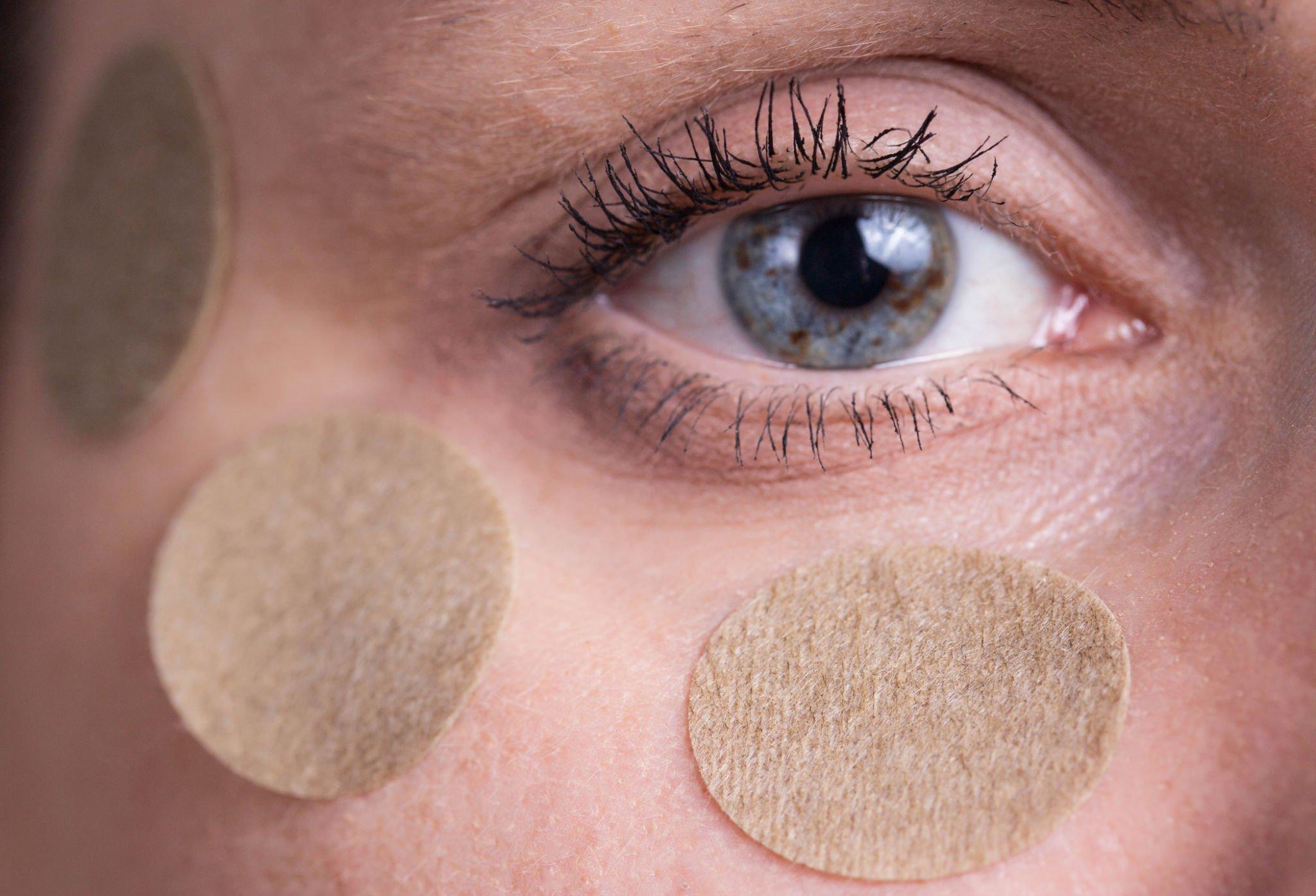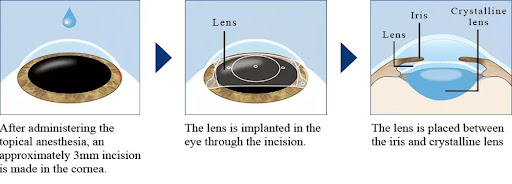A lazy eye—also known as amblyopia—is a vision disorder that occurs when the brain and eye do not work together, leading to reduced vision in one eye and an underdeveloped visual system. It is called “lazy eye” because one eye appears to be “lazy” or not working effectively as the other eye.
Amblyopia typically develops from birth up to age seven years and is the most prevalent cause of vision loss in kids. In some cases, the lazy eye goes undetected during childhood resulting in its persistence in adulthood. Fortunately, Eyeonce Eye Clinic’s ophthalmologists, Dr. Paik Dong Won and Dr. Jung Sae Rom are experts in treating amblyopia. They are renowned for performing safe, high-quality eye treatments and surgeries custom-fitted for their patients’ needs.
Causes and Risk Factors
A lazy eye can be caused by several factors that affect an individual’s normal vision development. Some of its primary causes include:
- Refractive errors – There are significant differences in the vision prescription between the two eyes, like nearsightedness, farsightedness, or astigmatism.
- Strabismus – People with this eye condition cannot focus their eyes together on an image, so one eye may turn inward, outward, upward, and downward.
- Cataracts – Cataracts can cause a clouding of the eye’s natural lens, keeping the vision from developing correctly in that eye.
- Droopy eyelid – Also known as Ptosis, this eye condition can block vision in a child’s developing eye.
While it is true that some are born with amblyopia, it can also develop later in childhood and persist in adulthood. The chances of having this eye condition are higher for individuals with these cases:
- Premature birth
- Refractive errors
- Visual deprivation (congenital cataract, Ptosis, corneal opacities)
- Eye turn
- Family history
- A high prescription that has gone uncorrected with glasses or contact lenses
- Not getting an early eye examination as early as six months
- Developmental disabilities
- Eye injuries or infections
It is crucial to promptly recognize and address these causes and risk factors to avoid the development of amblyopia. Regular eye examinations with a trusted eye center like Eyeonce Eye Clinic can help identify lazy eyes early, allowing our expert ophthalmologists, Dr. Paik Dong Won and Dr. Jung Sae Rom, to timely interventions and optimal visual development.
Symptoms
The symptoms of amblyopia may vary depending on the underlying cause and the severity of the condition. Some of its symptoms may include the following:
- Reduced vision – It is the most noticeable symptom of lazy eye; the affected eye has difficulty seeing objects.
- Squinting or closing one eye – People with amblyopia squint or close one eye to improve their vision and focus. This mannerism is an automatic response to help focus light on the retina’s center and reduce blurriness.
- Tilting the head – Most individuals with lazy eyes tilt their heads to one side to compensate for the vision problem and find a better angle to see things better.
- Poor depth perception – Lazy eye affects depth perception, making it difficult for the affected person to judge distances accurately.
- Difficulty with eye-hand coordination – People with lazy eyes, especially children, may have trouble with activities that require eye-hand coordination, like catching a ball or picking up small objects.
- Eyestrain or fatigue – This symptom becomes more pronounced after activities requiring prolonged visual focus.
Early detection plays a significant role in treating lazy eyes. If you notice any of these symptoms, it is crucial to schedule an eye examination at Eyeonce Eye Clinic for prompt diagnosis and appropriate treatment before it becomes too late.
Diagnosis and Treatment
Our eye care professionals at Eyeonce perform a comprehensive eye examination to diagnose amblyopia. The process may include the following:
- Visual Acuity Test – This test helps measure how well each eye can see by reading letters or identifying symbols on an eye chart. Any significant difference in visual acuity between the two eyes may suggest a lazy eye.
- Refraction Test – Our eye doctors conduct this test to determine if any refractive errors, such as nearsightedness, farsightedness, and astigmatism, could contribute to the vision problem.
- Cover Test – This test also checks for eye misalignment. Our eye care professionals will cover one eye at a time and observe how the eyes move when they are covered.
- Dilated Eye Exam – This eye exam is done to widen the pupils, examining the structures at the back of the eye, including the retina and optic nerve.
- Other tests – In some cases, additional tests, such as binocular vision, depth perception, etc., are carried out to assess the eyes’ overall health.
After diagnosis, our eye doctors draft customized treatment options that best suit your needs. The treatment may include:
- Patching – This is one of the most common treatments for lazy eye. It is done by covering the stronger eye for a specified number of hours daily, forcing the brain to use and strengthen the weaker eye.
- Prescription glasses – If any refractive errors contribute to the development of amblyopia, a prescription glass is recommended to help improve vision.
- Vision Therapy – It is a specialized program involving eye exercises and activities to improve visual processing, eye teaming, and eye-hand coordination.
- Surgery – If strabismus or cataracts is the leading cause of amblyopia, surgery may be necessary to realign the eyes or remove the cataracts.
- Atropine Eye Drops – This eye drop may be used instead of patching. These drops can temporarily blur the vision in the stronger eye, encouraging the use of the amblyopic eye.
- Occlusion Therapy – It involves using a partial occlude, such as an eye patch with holes to blur the vision of the stronger eye while still allowing some light to pass through.
Compliance with the prescribed treatment regimen is crucial for the best outcomes. That is why Eyeonce Eye Clinic’s ophthalmologists offer treatment by precise patient-focused examination and diagnosis.
Why choose Eyeonce Eye Clinic Gangnam for amblyopia treatment?
Utmost Patient Care
Here in our clinic, we ensure to give you your money’s worth. We guarantee you receive the best medication possible and assure them you are guided and understood, making you feel comfortable and confident at every step.
Comprehensive Consultation
Our eye care professionals at Eyeonce Eye Clinic offer comprehensive eye examinations to evaluate your eyes and assess what amblyopia treatment is best for you. Our ophthalmologists take their time to cater to your questions and address your concerns, ensuring you make an informed decision about our vision correction options.
Expert Eye Doctors
Our ophthalmologists, Head Director Dr. Paik Dong Won and Medical Director Dr. Jung Sae Rom, are highly knowledgeable and skilled in treating lazy eyes. They always use the latest techniques and technologies to ensure optimal results.
Frequently Asked Questions (FAQs)
The most common cause of lazy eye is the imbalance in the muscles that position the eye, preventing the eyes from working together.
Yes. There are several treatment options for lazy eyes, which include eye patching, occlusion therapy, prescription glasses, etc.
Untreated, lazy eyes can lead to poor vision, making the eyes functionally blind.
Conclusion
Amblyopia or lazy eye is a reduced vision in one eye caused by abnormal visual development. If left untreated, it can significantly affect an individual with an amblyopic eye. However, improving your vision with timeline intervention and guidance from expert eye doctors like Dr. Paik Dong Won and Dr. Jung Sae Rom is possible. Book an appointment with them today to discuss the best treatment option for your case. Visit Eyeonce Eye Clinic’s website to get started.



